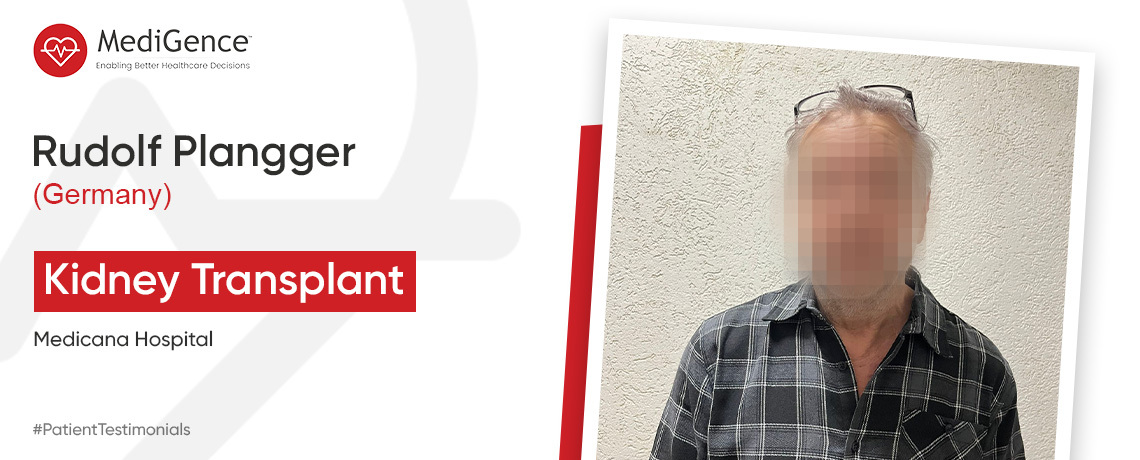The final stage of heart failure is called end-stage heart failure. The heart muscle’s ability to circulate blood throughout the body is drastically deteriorating, and no effective treatments exist. A diagnosis of heart failure, despite its name, does not indicate that the heart is going to stop beating. Failure refers to the heart muscle’s inability to pump blood normally due to injury, extreme weakness, or both.
A heart transplant involves surgery to remove a patient’s damaged heart and replace it with a healthy donor heart. The donor can be deceased or must be declared brain dead by two or more medical professionals before the donor’s heart can be removed.
A heart specialist must determine that a heart transplant is the best course of action for treating heart failure before they can put one on the waiting list. A medical team also verifies that the candidate is in satisfactory overall health to undergo the transplant procedure.
Is there any alternative to a heart transplant surgery?
Ventricular Assist Devices (VAD) are an alternative for some individuals who are not candidates for heart transplantation. A mechanical pump called a VAD is inserted into your chest to assist in pumping blood to the rest of your body from the ventricles, the bottom chambers of your heart.
VADs are frequently utilized as short-term therapies for patients awaiting heart transplants. The use of these devices as a long-term treatment for heart failure patients unsuitable for heart transplants is increasing. The doctors consider it as an alternate short-term treatment.

Are you struggling to find what you are looking for?
Get Expert's Callback
Preparations for a Heart Transplant:
- Clinical examination: A comprehensive evaluation of the patient’s medical history, physical examination, and symptoms is done to assess the degree of heart failure and whether more testing is necessary.
- Diagnostic Testing : Echocardiogram, ECG, Cardiac Catheterization, Stress Testing, and Blood Tests
- Searching for a Donor Organ: The transplant facility will place you on a waiting list based on your health and specific criteria, with evaluations by a multidisciplinary team.
>>Recovery After a Heart Transplant: Post-surgery recovery involves a hospital stay, regular biopsies, lifelong immunosuppressive medications, lifestyle changes, and cardiac rehabilitation to ensure a healthy life with the new heart.
>>What if the newly transplanted heart fails?
Not everyone receives a successful heart transplant. There are several reasons why heart transplant surgery could fail. After that, your interventional cardiologist might advise changing your medication or, in more severe situations, getting a new heart transplant. You may decide to stop treatment if there aren’t many possibilities for further care.
Conclusion
The majority of recipients of heart transplants have content, fulfilling lives. Despite an increase in older and higher-risk heart transplant recipients, survival rates are still improving. Globally, the overall survival rate for adults is over 80% after five years and roughly 90% after one year. Multiple factors influence these rates.





